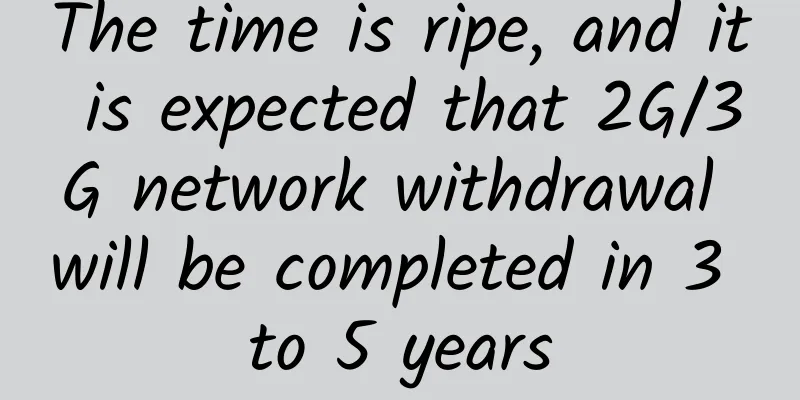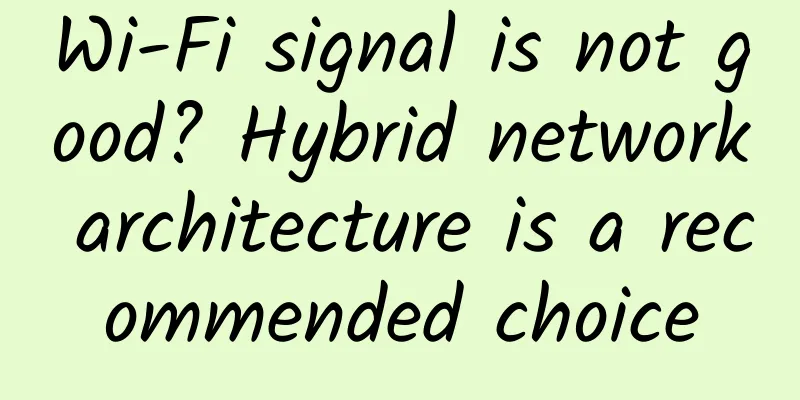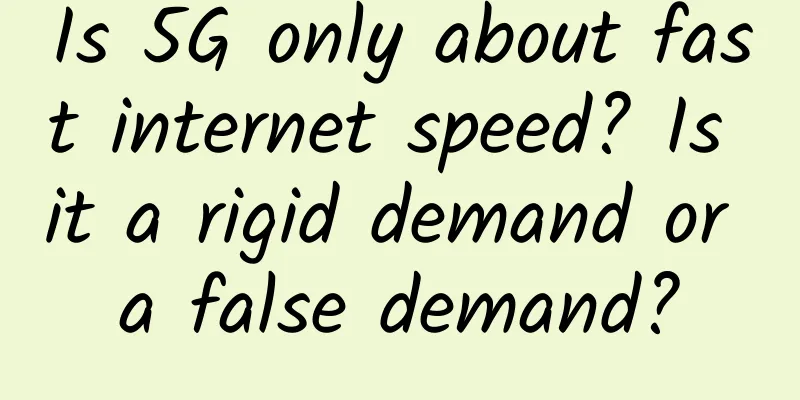Five packet sniffers that can replace Wireshark

|
Wireshark is a very popular packet sniffer. It can be installed on Windows, Linux, Unix, and Mac OS, and best of all, it's free. Wireshark puts your network card into promiscuous mode so that your computer gets all network packets, not just those intended for your computer. Wireshark is often used by hackers, so many network administrators are wary of it.
The Wireshark system is capable of capturing packets from wired networks, wireless systems, and Bluetooth. Wireshark does not actually collect packets. The WinPcap program collects packets on Windows devices. On Linux and Unix, dumpcap is required. Although Wireshark is not directly responsible for the most powerful part of IT operations, Wireshark's interface makes it a winner. The command-line version of the system is called Tshark. Wireshark saves data in files that follow the pcap format. The Wireshark interface can display captured packets, sort them, categorize them, and filter them. Stored packets can be loaded into the interface for analysis. Wireshark's analysis engine is not very good, and many users choose other tools to better understand their data. If you are not satisfied with Wireshark and want to find a different tool to replace it, network administrators may want to try the following alternatives:
1. Savvius Omnipeek Omnipeek from Savvius isn't free to use like Wireshark. However, the software has a lot to recommend it, and you can test whether it will replace Wireshark in your toolkit with a 30-day free trial. Like Wireshark, Omnipeek doesn't actually collect packets. An add-on called Capture Engine intercepts packets on wired networks, and there's a separate Wifi adapter for wireless networks. One attribute that Omnipeek doesn't compete with Wireshark is the operating systems it can run on. It won't run on Linux, Unix, or Mac OS. To run Omnipeek, you'll need 64-bit Windows 7, 8, or 10, or Windows Server 2008 R2, 2012, 2012 R2, or 2016. Omnipeek's analysis capabilities are superior to Wireshark. Omnipeek can scan packets for problems or detect changes in transmission speeds. These events can be set to trigger alerts. Therefore, Omnipeek is a network management system as well as a packet sniffer. The traffic analysis module can report on the end-to-end performance of a connection as well as link performance. The tool is also able to report on the interfaces of a web server on demand. 2. Ettercap Ettercap’s website makes no secret of the fact that it is designed to facilitate hacking. Since Wireshark is a well-known hacking tool, Ettercap claims that it belongs in the same category and that they are both free to use. Ettercap matches Wireshark’s portability as it can run on Windows, Linux, Unix, and Mac OS. Despite being designed as a hacking utility, the tool is also useful for network administrators. Ettercap is able to detect other hacking activities and intrusions, so it is very useful for system defense. Ettercap uses the libpcap library to capture packets. The Ettercap software itself can create many network attacks, including ARP poisoning and MAC address spoofing. Ettercap is a powerful hacker tool with more features than Wireshark. It can capture SSL security certificates, change the contents of packets in transit, delete connections, and capture passwords. System defenders can also get useful features in Ettercap. It can identify malicious users and isolate them from the network. If you want to collect evidence, you can track the behavior of suspicious users and record their actions instead of banning them. Ettercap is more powerful than Wireshark. 3. Kismet Kismet cannot intercept packets on wired networks, but it is great for wireless packet sniffing. The standard Kismet tracks wifi systems, but it can also be extended to detect Bluetooth networks. There are several versions of the wifi standard. Kismet can work with 802.11a, 802.11b, 802.11g, 802.11n. The software is available for Linux, Unix, and Mac OS. Kismet's data collector does not probe the network in the same way as other packet sniffers, so its activity cannot be discovered by intrusion detection systems. This makes it an ideal tool for hackers who have access to computers connected to the network. Standard network monitoring systems will discover the presence of a device running Kismet, but will not see that the program is collecting packets on the network. Kismet's default mode only collects packet headers, but it can also be used to get a traffic dump that captures all packets including the data payload. Packets can be analyzed, sorted, filtered, and saved to files. If you don't like Kismet's front end, you can open the saved files in other tools for analysis. 4. SmartSniff SmartSniff works on Windows environments. The packet sniffer works on wired networks and is free to use. The collector can run on wireless networks, but only on those wifi systems that contain the computer hosting the sniffer program. However, this native system is not very effective, and it is more common to install WinPcap to collect packets. Packets are captured on demand, and capture can be turned on and off in the console. The top pane of the console displays the connections between the computers. When you click on one of the records, the traffic for that connection is displayed in the bottom panel. Plain text traffic is displayed as is, and encrypted packets can be viewed as a hexadecimal data dump. The data can be filtered to show only TCP, UDP, or ICMP packets, and each packet is tagged according to the application it is associated with. Packets can be saved to a pcap file to be reloaded into the interface later, or analyzed with other tools. 5. EtherApe EtherApe is a free utility that runs on Linux, Unix, and Mac OS. It creates a network map by collecting messages from devices. Hosts on the network are drawn on the map and labeled with their IP addresses. EtherApe then captures all packets transmitted between these hosts and displays them on the map in real time. Each transfer is represented by a color, representing its protocol or application. The tool can track both wired and wireless networks and can also profile virtual machines and their underlying infrastructure. The mapping tracks TCP and UDP traffic and can detect both IPv4 and IPv6 addresses. Each node in the network map is an icon that provides access to performance details for that device. The view can be switched to see the links on an end-to-end connection and the traffic displayed on them. All maps can be filtered to show only specific applications or traffic from specific sources, and the data presentation can be switched to identify port numbers instead of applications. Port number traffic tracking only shows TCP traffic. EtherApe only captures the header of the packet, which protects the privacy of the data traveling in the network. This limitation may reassure your company's CIO and allow you to use this packet sniffer without worrying about compromising corporate data security and compliance. Switching from Wireshark Even if you're perfectly happy with Wireshark, check out the alternatives on this list, because you may find that one of them has features you need that aren't in Wireshark. It's always good to explore alternatives, rather than just using the first tool you hear about. Wireshark is great, but it's not the most comprehensive tool on the market. Depending on what you want to do with a packet sniffer, and the restrictions your company places on you, one of these tools may be a better fit than Wireshark. |
<<: The world's largest brain-like supercomputer is launched: it has millions of processor cores
>>: Mellanox sold more than 2.1 million Ethernet cards in the first three quarters of 2018
Recommend
Is wireless mesh networking viable for the enterprise?
Wireless mesh networks have gained widespread att...
What is 6G? It may appear in 2030, crushing 5G without any pressure
5G has already been deployed, so what about 6G? W...
Megalayer: Singapore native IP annual payment starts from 249 yuan, Singapore/Hong Kong/Philippines/US VPS annual payment starts from 199 yuan
Megalayer recently launched a VPS host in Singapo...
HostKvm adds Australian VPS, 40% off 2G memory package starting from $4.2/month
HostKvm has launched a new data center: Australia...
How do operators launch new packages under homogeneous competition?
Since the commercial use of 4G, superior policies...
Live coverage of the 2018 Yunnan-Huawei Software Industry Summit: Accelerating software growth and empowering the digital economy
[51CTO.com original article] From December 20th t...
Building a streaming data lake using Flink Hudi
This article introduces how Flink Hudi continuous...
Enlightenment on using Smallcell to solve deep network coverage in the post-5G era
1. Current status of network coverage in the post...
The cutting-edge of Internet technology - a comprehensive analysis of TSN
[[271597]] TSN is the abbreviation of time-sensit...
PacificRack removed old packages and unilaterally raised renewal prices, offering 50% discount on new packages for the first month
I haven't shared information about PacificRac...
IT Viewpoint: Five major network challenges for 2019
Frank Scalzo, network director at data center ope...
IMIDC: Hong Kong/Taiwan KVM annual payment starts from US$49, Hong Kong server 30M bandwidth monthly payment starts from US$59
IMIDC, also known as Rainbow Cloud, is a local op...
What are the Bluetooth versions? A brief discussion on Bluetooth 5.0 and its difference from Wifi
Wireless networks are widely used, and short-rang...
Do you understand the benefits of 5G? Learn about the pros and cons
We talk about 5G every day, but do you know what ...
Huawei releases "Premium Private Line 2.0 & Intelligent Distributed Access" solution
[Beijing, China, October 15] In September this ye...





![[6.18] iOVZ VPS 20% off monthly payment and 30% off annual payment, Hong Kong VPS gets double memory](/upload/images/67cabe6619e38.webp)



